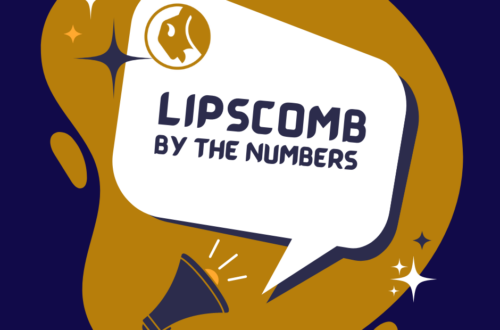
Why the new MLB rule changes are good for Cubs baseball
Republished from The Cubs Companion, March 2, 2023.
One of my favorite ways to spend a summer afternoon is by taking in a baseball game. Every MLB season I try my best to make it out to the nearby ballparks as much as I can. If the Cubs are not playing in front of me at Wrigley Field, then I will be tuning in and watching on TV whenever possible.
However, watching the Cubs has become more difficult to do in recent seasons, in part because the games have gotten longer and slower. Watching just one baseball game is a considerable time investment.
In 2021, the average length of an MLB game was three hours and 11 minutes, the longest they have ever been in the game’s 130+ year existence. Considering the major league season consists of 162 games, watching three hours of baseball every day just does not seem reasonable for anyone, especially new fans.
Baseball has attained a reputation for being slow and boring, and because of this many fans are being turned away from the game.
MLB has noticed this problem and attempted to address it by implementing rule changes in recent years. These rules have been unsuccessful in accomplishing faster pace of play, and in the 2022 off-season, MLB commissioner Rob Manfred introduced some major changes to speed up games in 2023. Here are the most significant three:
1.) Pitch timer – Pitchers have 15 seconds to throw a pitch with the bases empty, 20 if there are runners on. Hitters must be in the batter’s box with eight seconds left.
2.) Shift restrictions – There must be two infielders on either side of second base when the pitch is released. All four infielders must be standing on the infield dirt while the pitcher is on the rubber.
3.) Bigger bases – First, second and third base have all been increased from 15″ to 18″.
To ensure these rule changes were effective before being implemented in the big leagues, Minor League Baseball accommodated them in its games. The results trended toward the type of game that the MLB desires and have been implemented for the upcoming regular season, with MLB spring training being the first time, we see these rules used.
Yesterday I watched the Cubs’ spring training game against the Seattle Mariners to check out the new rule changes and see for myself how they impact the pace of play.
I was surprised to see several hits, a few base steals, and overall, an exceptionally smooth game. I was especially content with how the game held my interest with how quickly pitches were being thrown.
The whole time of the game was two hours and 35 minutes, which was very impressive considering the amount of pitching changes that occurred.
Now why are these changes good for the Cubs specifically? Marquee Network color TV announcer Jim Deshaies made an excellent point on the broadcast yesterday that caught my attention. He remarked how smoothly the Cubs batters were handling the pitch clock timing and correlated it with their age and experience in the minor leagues. The Cubs are an incredibly young team with several of their players fresh out of the minors, which is where these new rules have been tested the past few seasons. This could give the Cubs a slight advantage in terms of adjustment period and could potentially add a few wins onto their season total for the next few years.
Above all, I believe that the new rule changes are a good thing for baseball, especially after seeing them in action for the first time. I am excited to see how they impact the MLB and the Chicago Cubs in the 2023 regular season.





